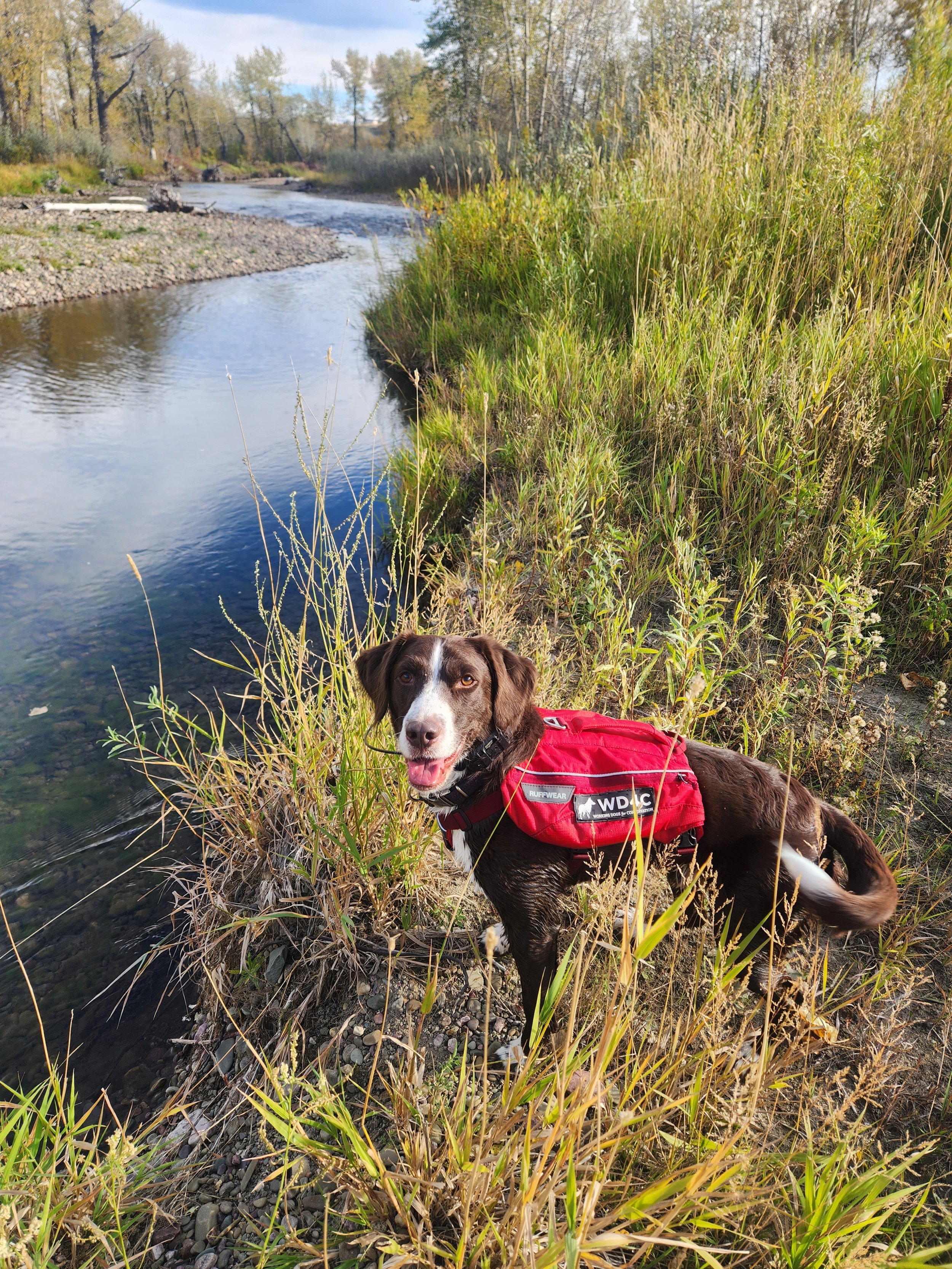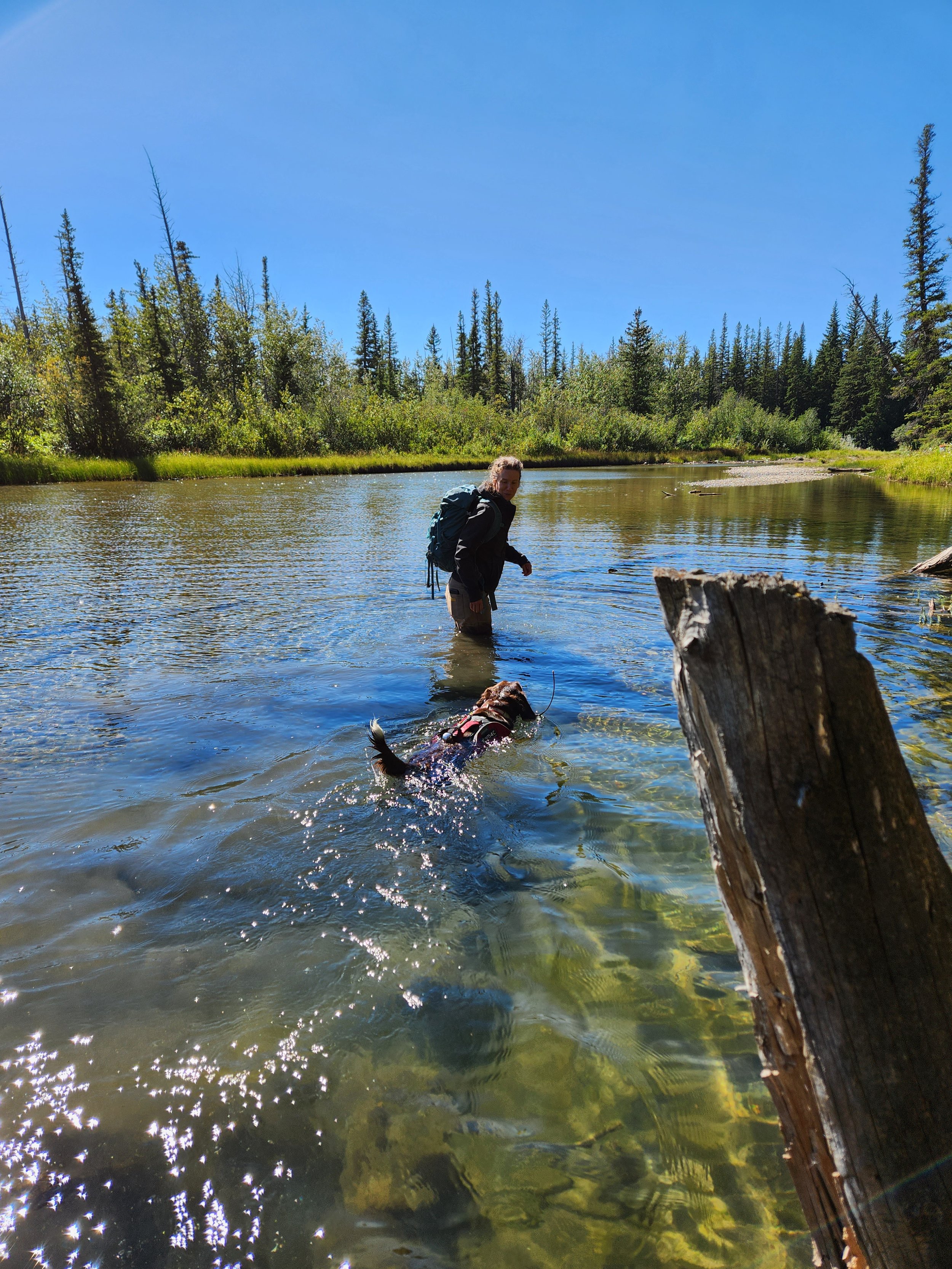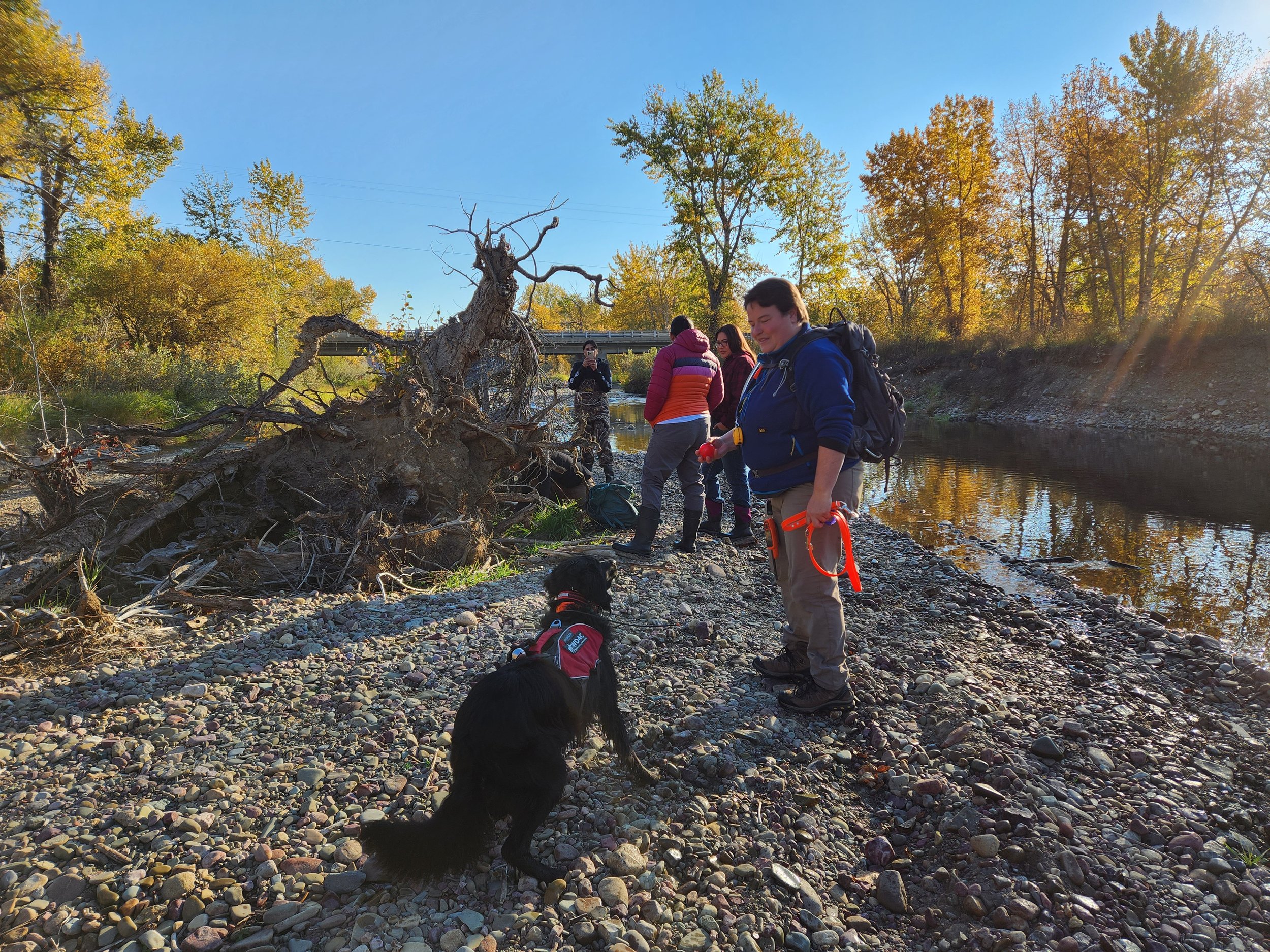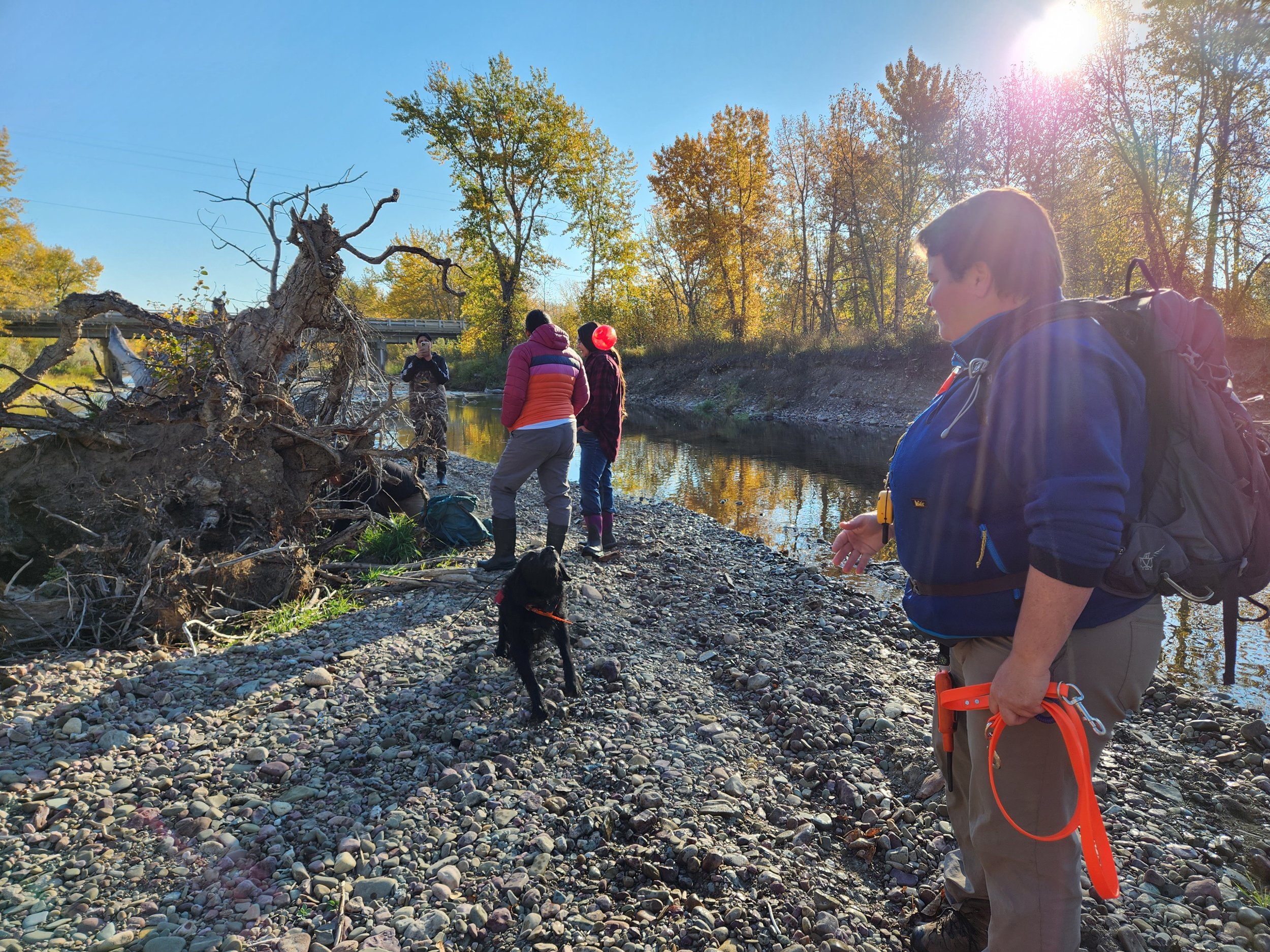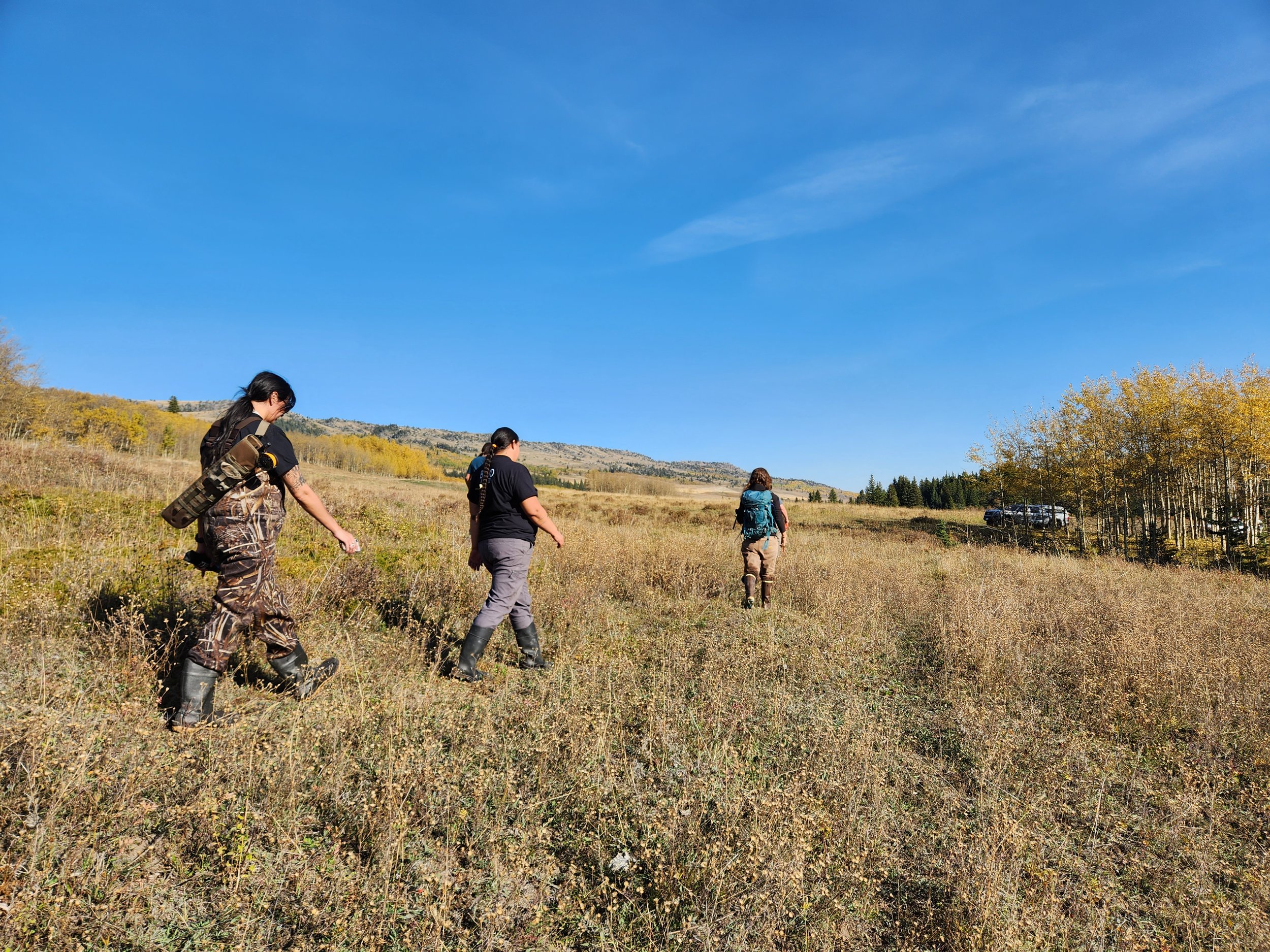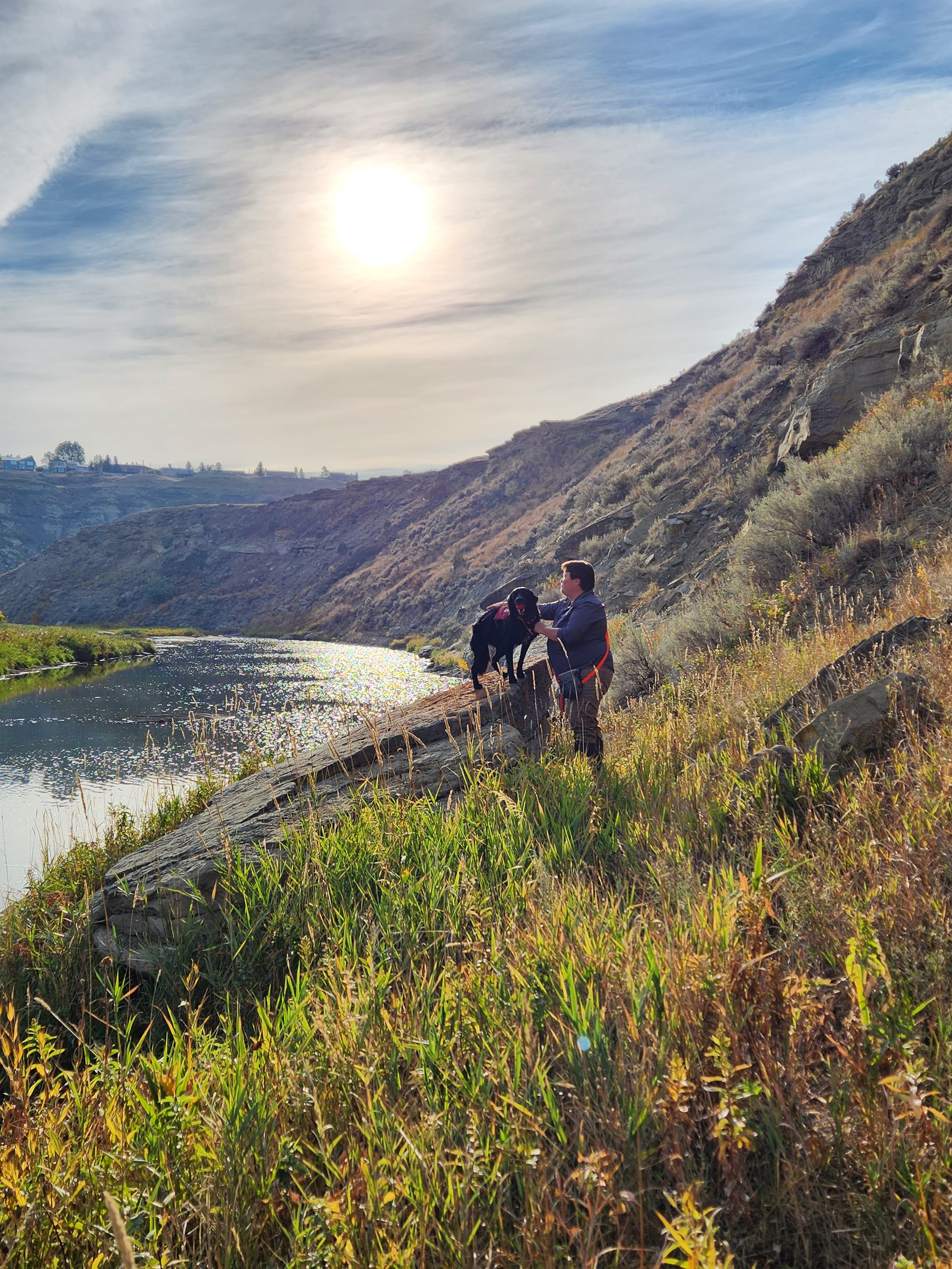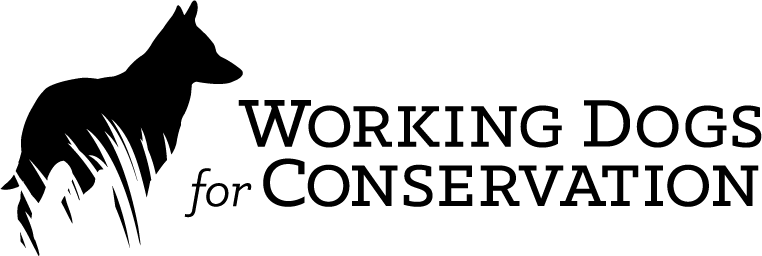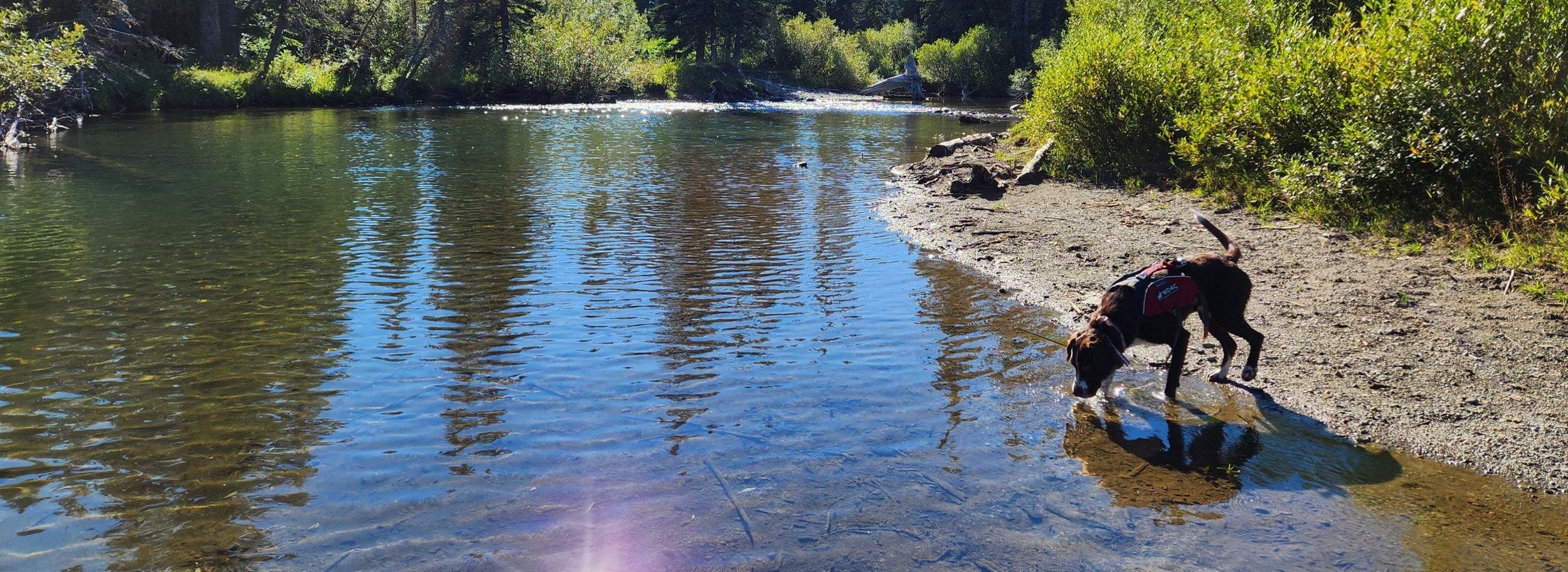
OUR WORK: ENVIRONMENTAL JUSTICE
Finding Environmental Contaminants on Tribal Lands
-
Montana, USA
-
To determine contaminant levels through chemical analysis of sentinel species scat with the first ever non-invasive method
-
American mink and river otter
-
Indigenous Vision
Working Dogs for Conservation and Indigenous Vision launched a focused project to empower communities to reduce the ecological and social effects of chemical contamination and newly introduced diseases.
Together, Working Dogs for Conservation, along with our partner, Indigenous Vision, are deploying seasoned conservation detection dogs and handlers with dual expertise in contaminants and ecological monitoring to find and collect mink and otter scat in areas used for traditional food, medicine, and fiber gathering by Amskapi Pikuni communities.
Chemical analysis of these samples will identify the spatial distribution and severity of heavy metals, pharmaceuticals, and endocrine disruptors.
Because these contaminant residues come directly from the scats of live animals, we can be certain that the chemicals have entered natural foodwebs and are at risk of bioconcentrating. In other words, we know that the contamination matters and is affecting wildlife and people.
Native communities harvest and use more wild products for a far greater portion of the year than non-native communities. As such, community members are more susceptible to effects of these chemicals, even before other risk factors like food insecurity, reduced access to health care, and social stressors are considered. The results of contaminant mapping are already helping communities avoid legacy dumping sites and discover undetected new chemical contamination. In this way, the project is not only providing environmental benefits, but it is improving food security and food sovereignty, both of which have been identified as critical components of cultural integrity and human livelihoods.
